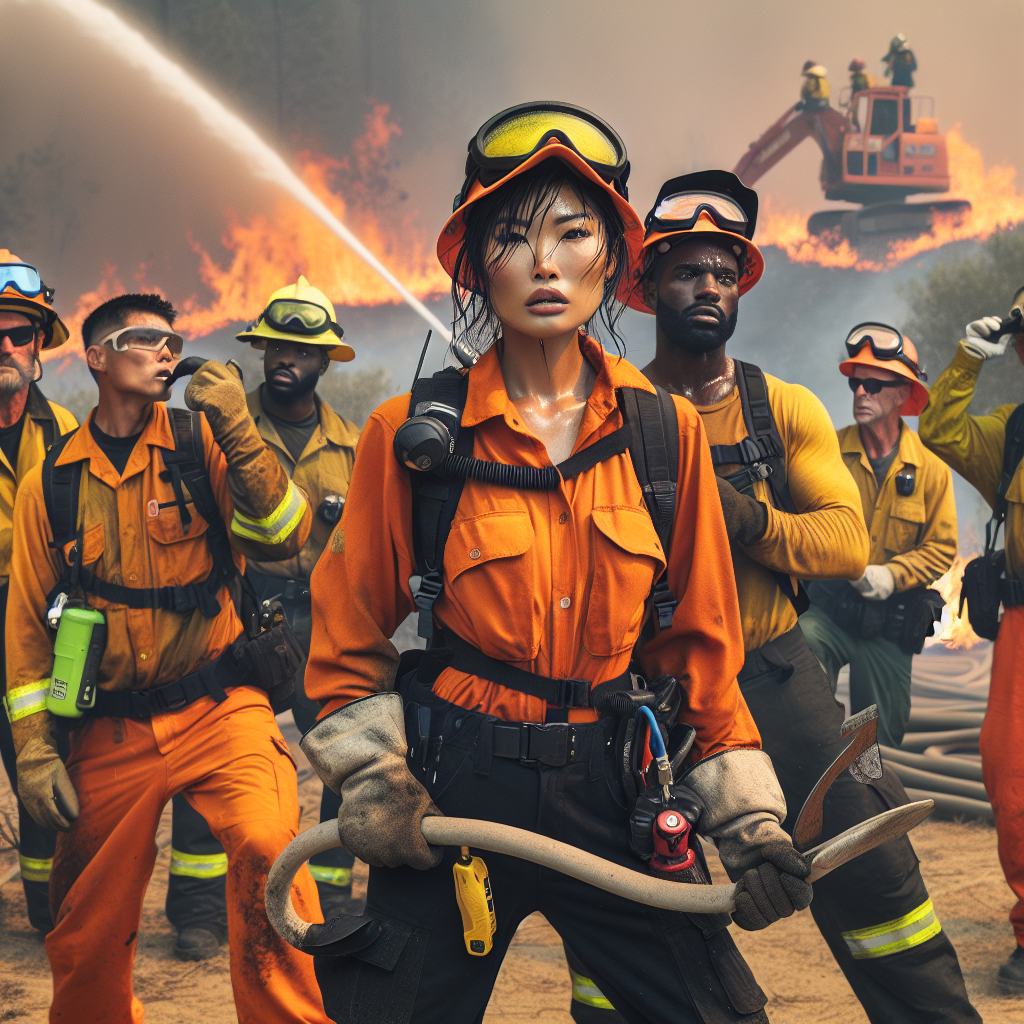The Crucial Role of Incarcerated Workers in Battling California’s Wildfires
The Crucial Role of Incarcerated Workers in Battling California’s Wildfires
Introduction
California’s wildfire season has become increasingly severe, necessitating a robust and multifaceted response. Among the key players in this battle are incarcerated workers, whose contributions are both significant and controversial.
Key Contributions of Incarcerated Workers
- Frontline Firefighting: Incarcerated individuals are often deployed to the front lines, performing arduous tasks such as cutting firebreaks and clearing brush.
- Cost-Effective Labor: Their involvement provides a cost-effective solution for the state, saving millions of dollars annually in firefighting expenses.
- Training and Experience: Many incarcerated workers receive specialized training, gaining valuable skills and experience in firefighting techniques.
Challenges and Controversies
- Low Wages: Despite their critical role, incarcerated workers are paid significantly less than their non-incarcerated counterparts.
- Limited Post-Release Opportunities: Upon release, many face barriers to employment in firefighting due to their criminal records.
- Ethical Concerns: The use of incarcerated labor raises ethical questions about exploitation and the balance between rehabilitation and labor.
Impact on Rehabilitation
Participation in firefighting efforts can have rehabilitative benefits, offering a sense of purpose and skill development. However, the lack of post-release support and opportunities can undermine these potential benefits.
Conclusion
Incarcerated workers play a vital role in California’s efforts to combat wildfires, providing essential labor and expertise. While their contributions are invaluable, addressing the ethical and practical challenges they face is crucial to ensuring fair treatment and maximizing the rehabilitative potential of their work.













